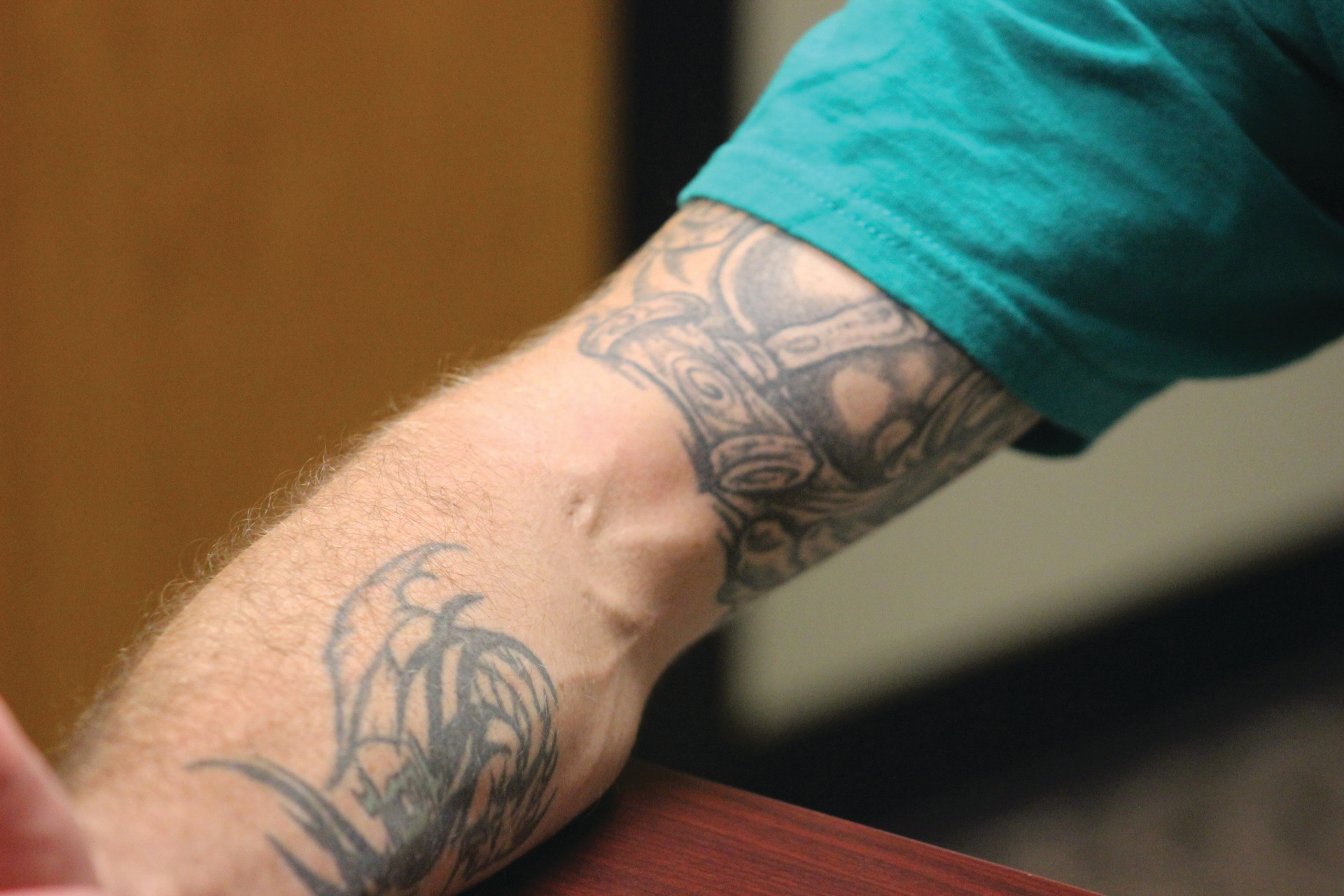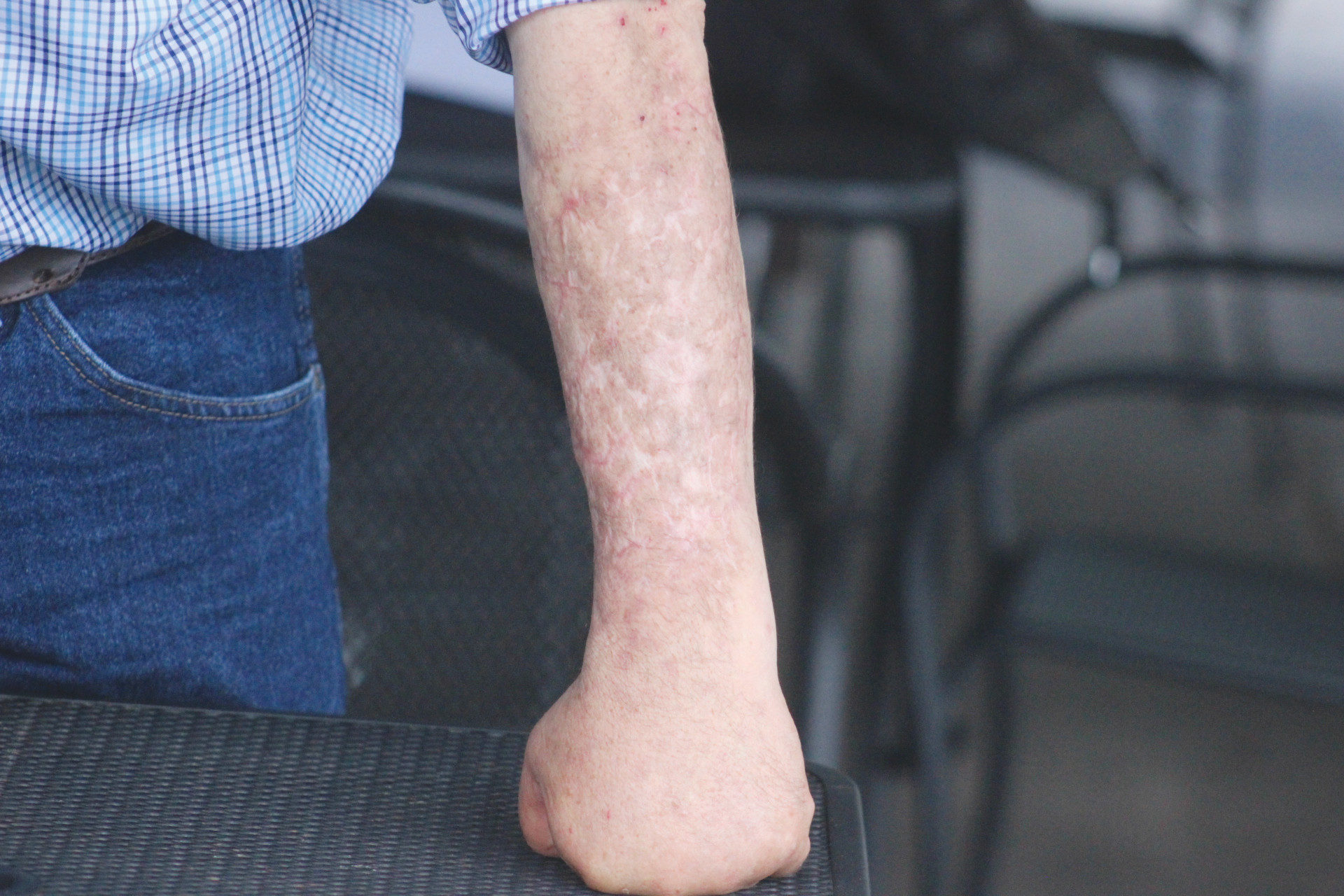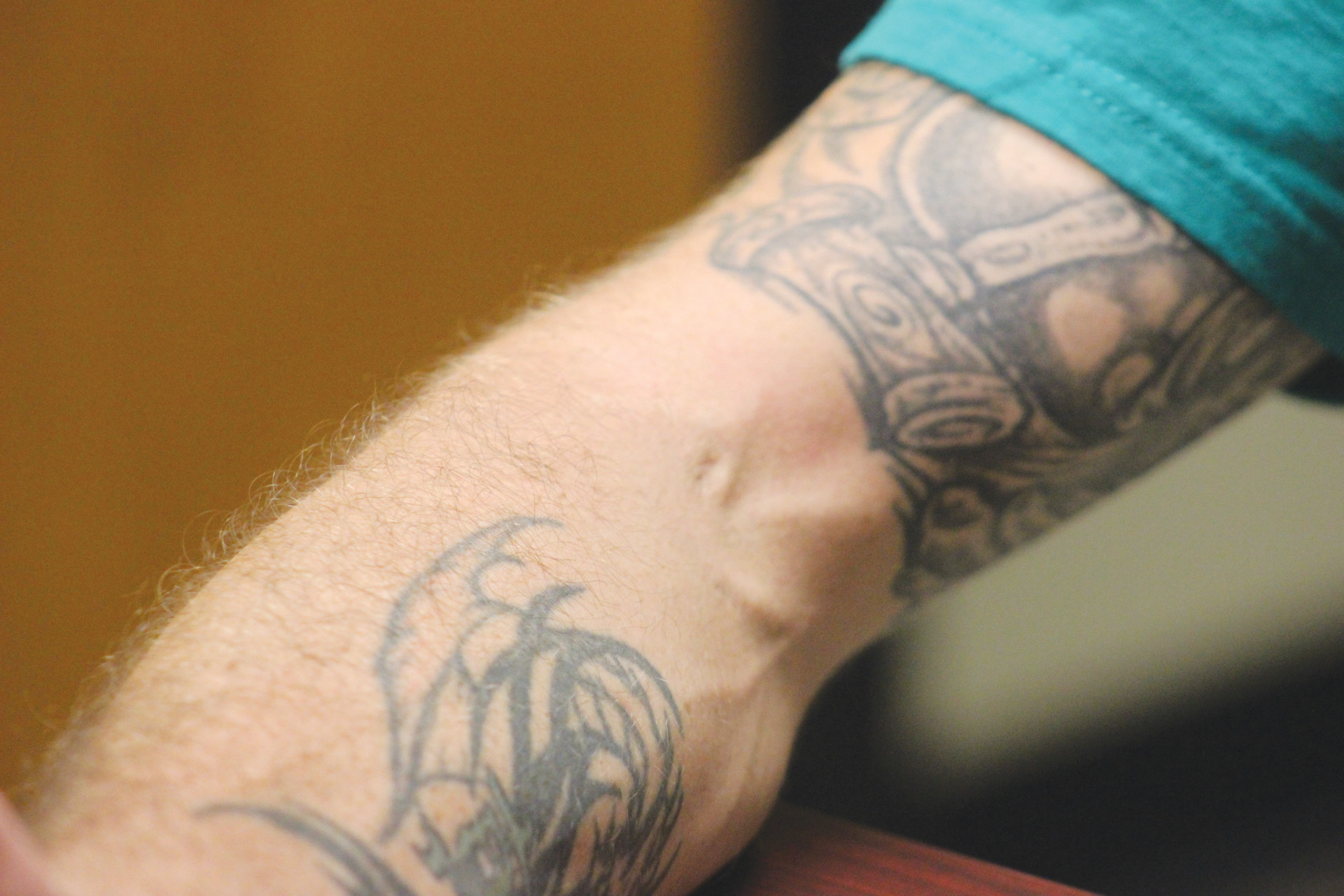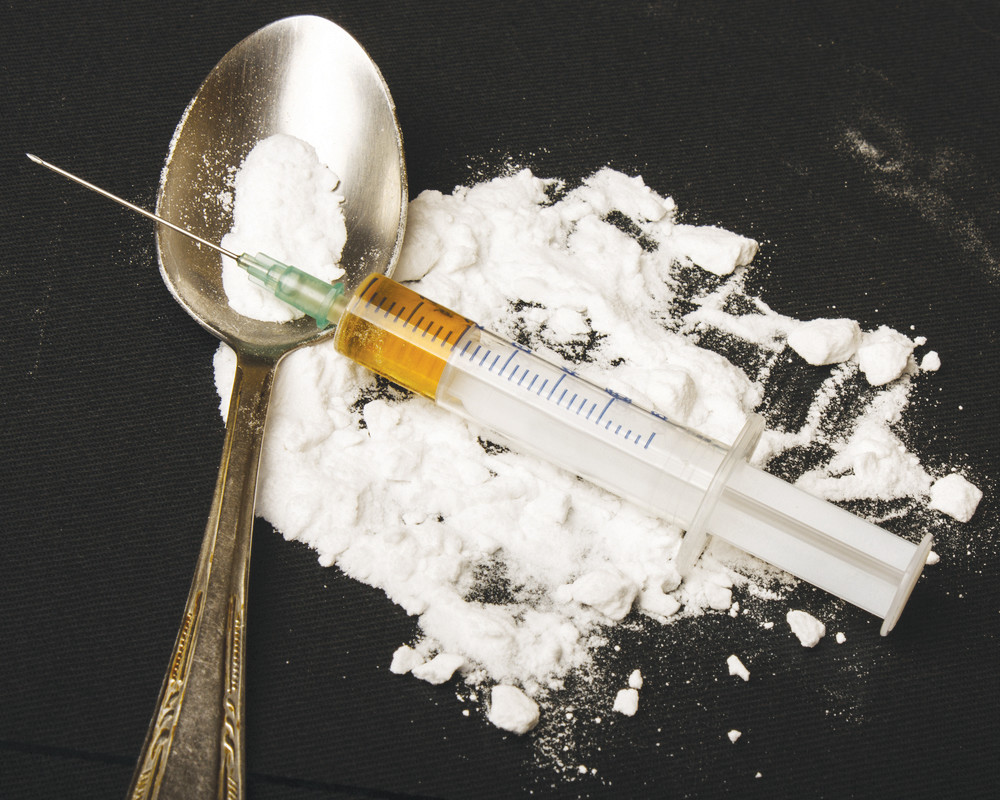Heroin on the rise in Clay
Two men tell their stories of heroin abuse
ORANGE PARK – Vietnam’s surface lay cracked from carpet bomb craters as Jerry Burns peeked through a porthole during the plane’s final descent and all he could think was “I’m going …
This item is available in full to subscribers.
Attention subscribers
To continue reading, you will need to either log in to your subscriber account, below, or purchase a new subscription.
Please log in to continueDon't have an ID?Print subscribersIf you're a print subscriber, but do not yet have an online account, click here to create one. Non-subscribersClick here to see your options for subscribing. Single day passYou also have the option of purchasing 24 hours of access, for $1.00. Click here to purchase a single day pass. |
Heroin on the rise in Clay
Two men tell their stories of heroin abuse
ORANGE PARK – Vietnam’s surface lay cracked from carpet bomb craters as Jerry Burns peeked through a porthole during the plane’s final descent and all he could think was “I’m going there?”
Burns – not his real name – often jokes the draft was the only lottery he ever won.
For the next year, the atmosphere hung rotten for him in Vietnam. His boots squished soggy, mosquitos buzzed in his fatigues, the mountains blushed red.
However, the heroin was 98 percent pure.
“I was introduced to some of the finest drugs on the planet there,” Burns said. “China white – heroin.”
Now 65, Burns’ addiction eventually followed him from the humid tarmacs of Vietnam to Clay County where he joined a growing population of drug addicts switching to heroin. A recent hike in heroin use across the U.S. leaves officials searching for a specific reason, however narcotics officers with the Clay County Sheriff’s Office are certain of one dramatic figure – the agency recorded a 118 percent jump in heroin-related cases from 2014 to 2015.
“Unfortunately we’re seeing heroin mixed with other things and it’s killing people in overdoses,” said Sgt. Jeremy Clark with CCSO’s narcotics division. “Fentanyl is the big one. People are overdosing a lot faster than they otherwise normally would. There’s that extra deadly factor that makes us want to key in on it.”
Fentanyl is an opioid prescribed for severe pain and normally comes in a doctor administered shot or an extended-release patch. Addicts have found they can open the patch and extract the gel inside to mix with their heroin, often resulting in an overdose.
Clay Behavioral Health offers services to residents living with mental health and substance abuse problems. Over the past two years, the nonprofit has seen a 500 percent increase in patients coming in claiming heroin addiction.
Although there’s not a single factor to explain the hike in heroin use, “pill mills,” doctor shopping and subsequent government pill mill crackdown seems to be a major reason.
Pill mills were clinics that inappropriately prescribed opioids to their patients. Florida passed legislation in 2010 requiring the clinics be run by licensed doctors and register with the state.
At one point in the Florida opioid crisis, it was reported that as many as seven people a day were dying from painkiller overdosing.
Opioids intercept the central nervous system’s pain signals. When addicts abuse opioid-based medicines such as oxycodone, hydrocodone and Roxicodone, the medicines stimulate the pleasure centers of the brain and lead to addiction.
Legislative and local crackdowns on pill mills and doctor shopping cut the number of opioid controlled substance prescriptions, lowering the number of pills on the street, which raised their prices.
“Why the heroin is such an epidemic now is because they throw all these pill mills in the mix, then they take these pill mills out of the mix, you get, say, 3,000 people, addicted to opiates, and they can’t function without them,” said recovering addict Shawn Plissken, not his real name. “They can’t find the pills, so they’re going to find another opiate, which is heroin.”
A tenth of a gram of heroin costs about $30 in Clay County, according to Plissken. Opioid pills, he said, run a much higher street value in the aftermath of the pill mill crackdown.
Plissken’s major pill addiction started after he shattered two vertebrae and his right foot after falling off a house repair job in New Orleans after Hurricane Katrina.
The prescription meds to ease the pain he still feels 11 years later turned into a lucrative business, then a debilitating addiction. He would pay addicts’ medical bills for them for a large cut of the pills they received so he could sell them on the street on top of the pills he received for doctor shopping.
When the medical bills got too expensive and the crackdown started, he subsequently became a sponsor himself so he could continue his Roxicodone prescriptions, which he would cook down and shoot into his arms with 26-gauge horse syringes.
When that became too expensive, Plissken turned to heroin. Plissken recalls his first heroin injection as “a gift from God” in that it conjures up fond feelings from the morphine shot given to him after fall. Both drugs erased all his pain and therein, lies the allure.
Plissken started using pills and then heroin to escape physical pain. Burns, however, seemed to use heroin to escape emotional pain. After Vietnam, Burns used alcohol as an escape. Drugs eventually pulled him back, and for 17 years, he experimented with whatever drug was in vogue at the time – marijuana, LSD and pills. The 70s and 80s was a freight train passing him by.
Emerging from the haze, Burns went 21 years sober by himself. An unexpected tragedy – the death of his family – eventually lured him back to using.
His sister died first and Burns took her cat. Then his mother died during dinner. “She just dropped dead,” Burns said. His father, a former U.S. Army “full bird colonel,” slowly withered away from the death of his wife of 60 years. Burns took care of his father up until his death eight months later. Then the cat died.
“I stayed in the house so I could deny it,” Burns said. “I could think mom is in the dining room, dad is in his office, sister is upstairs watching television.”
He moved back to Orange Park, used his inheritance and bought a house with cash. He could no longer deny his family’s deaths.
In the absence of friends or family, for his birthday, he turned to strippers to seek company. Strippers made him feel wanted, Burns said.
He gave one $2,000 to go home with him one night as “his birthday present,” and in time, they spent more and more time together.
“She didn’t realize she had opened Pandora’s Box,” Burns said.
Together, the two of them shot through ounces of heroin and ounces of cocaine a week. After a seven-month binge, Burns’ lost nearly 100 pounds, but doctors were less alarmed at his dramatic weight loss and more alarmed when he showed them his left arm – multiple half-inch wide holes exposing his bone-covered his arm.
Burns’ dealers had sold him krokodil, a relatively new drug made with codeine cooked with paint thinner, gasoline and hydrochloric acid that disfigures its users, rotting the flesh away.
Krokodil’s high lasts only about 30 minutes, but is cheaper to cook and reduces a dealer’s overhead.
Currently, Burns has been sober for nine months. His arm has mostly healed due to repeated applications of scar cream, but side effects linger.
“I still have some residual hallucinations,” Burns said. “At night, I see little lightning shots on my left and right side. Oh, and I have this arm. That’s a residual effect.”
Both Burns and Plissken are currently undergoing rehabilitation at a local center and Burns is involved in a diversionary program to avoid prison.
CCSO narcotics officers work on the front end to crush the problem, working with hospitals to report doctor shopping and help doctors see the behavior and methods employed by addicts to get the pills they need.
“I spent my whole life with one foot on a banana peel and one foot in the grave,” Plissken said. “That could’ve been me dead, where my parents found me… I always had a resentment against God, because if there was a God, how could he let me go through what I went through? Admitting that I was an addict, that I was powerless over it, then admitting that there was actually a higher power out there, because if there wasn’t a higher power out there – I should have died.”














